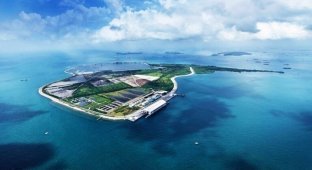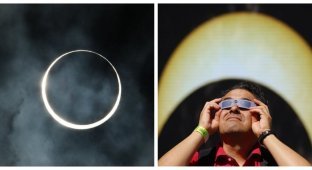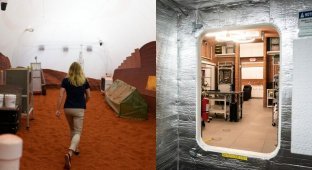The Chinese National Space Administration (CSMA - I think this abbreviation will soon be known to everyone, like NASA now) has finally published high-quality images of the Chinese “Palace in the Sky” - the Tiangong orbital station. 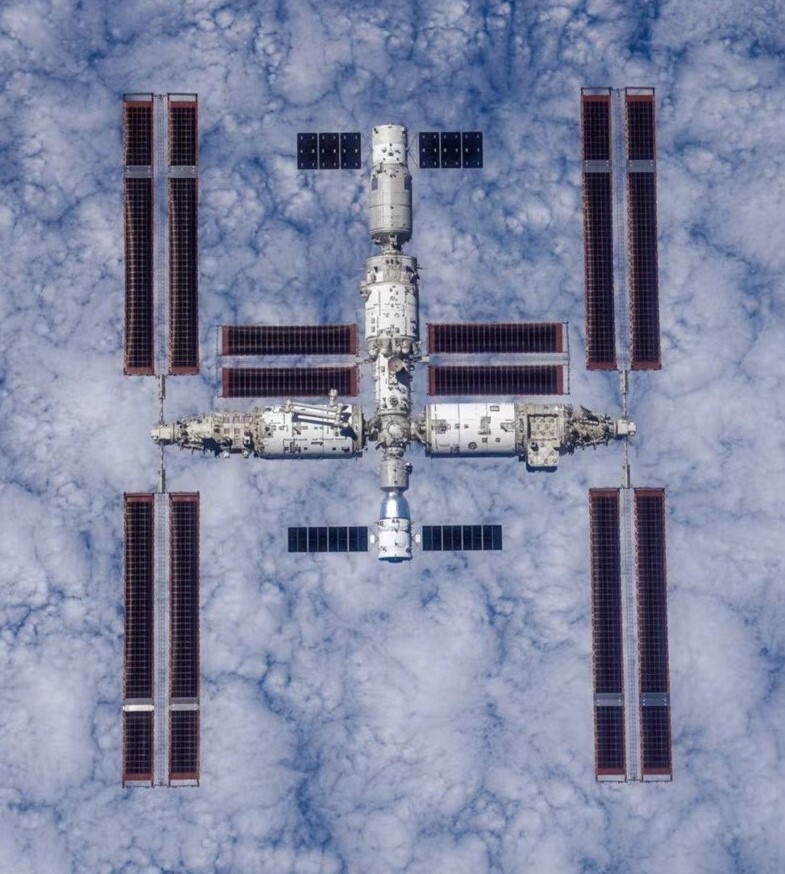
The photographs were taken by the crew of the Shenzhou 16 ship during a flyby of the Heavenly Palace before returning to Earth. The station currently consists of three modules, plus two spacecraft are temporarily docked to it. The ISS is aging, and in the 2030s Tiangong will remain the only place where people live outside the Earth; no one is building other celestial palaces yet.
Translated from Chinese, "Tiangong" means "heavenly palace". The station consists of three modules: the base one was launched in April 2021, the second and third - in July and October 2022.
The length of the station is 55 meters, its weight is about 69 tons. The designed operational life is calculated for 15 years – until 2038.
It was previously stated that China plans to send at least two manned and two cargo spacecraft to its orbital station in 2024. 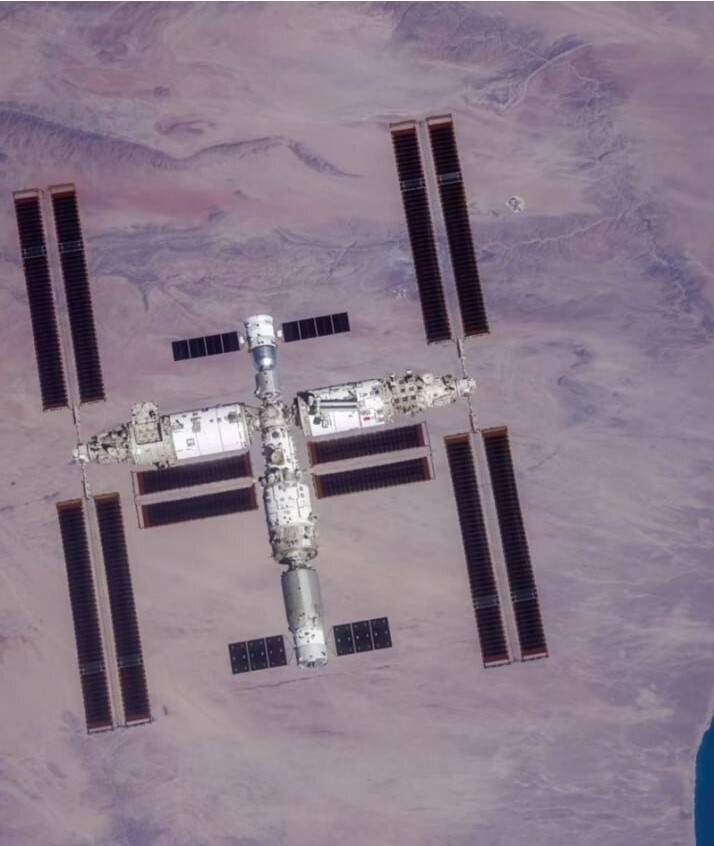
"Tiangong" ("Heavenly Palace") is the second multi-module space station currently operating. And the only national one is the ISS, which belongs to several countries.
The main advantage of Tiangong over previous space stations is its “youth”. The computing power of an ordinary modern car has long exceeded that which provided American travel to the Moon. If the ISS was created using the technologies of the 90s, then Chinese engineers had the opportunity to use the latest electronics and materials.
At the same time, conceptually the new space object is more similar to the Mir station. Tiangong has roughly the same structure as the Soviet orbital outpost and a similar mass.
In the future, the size of the station can be increased by adding new compartments. 
Add your comment
You might be interested in:















